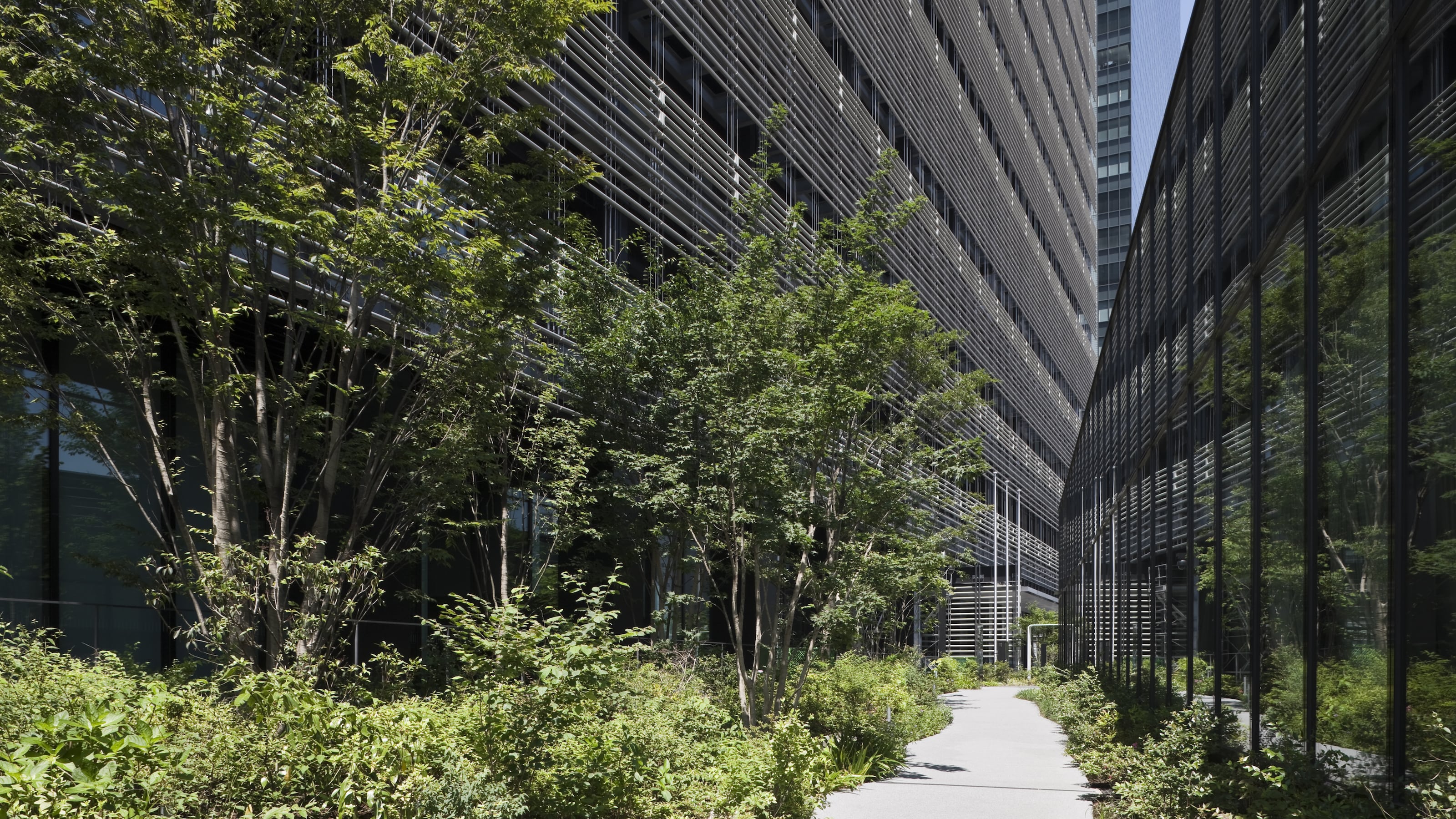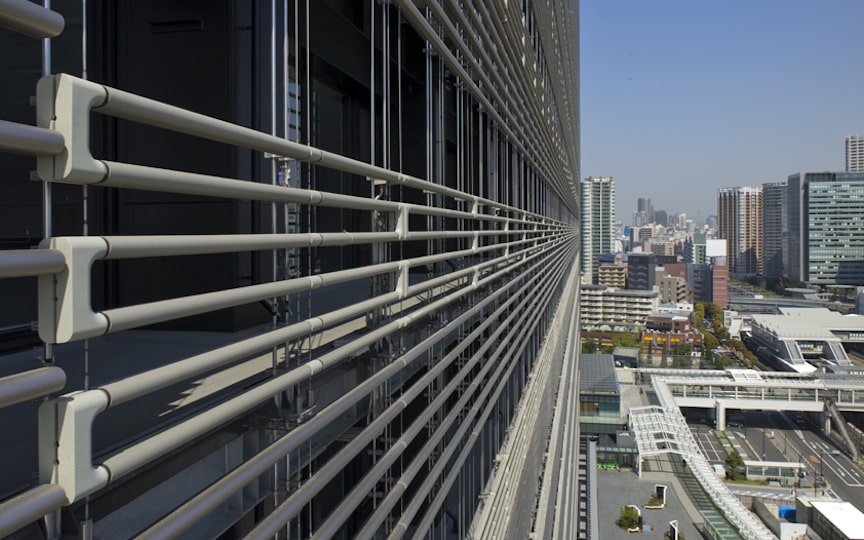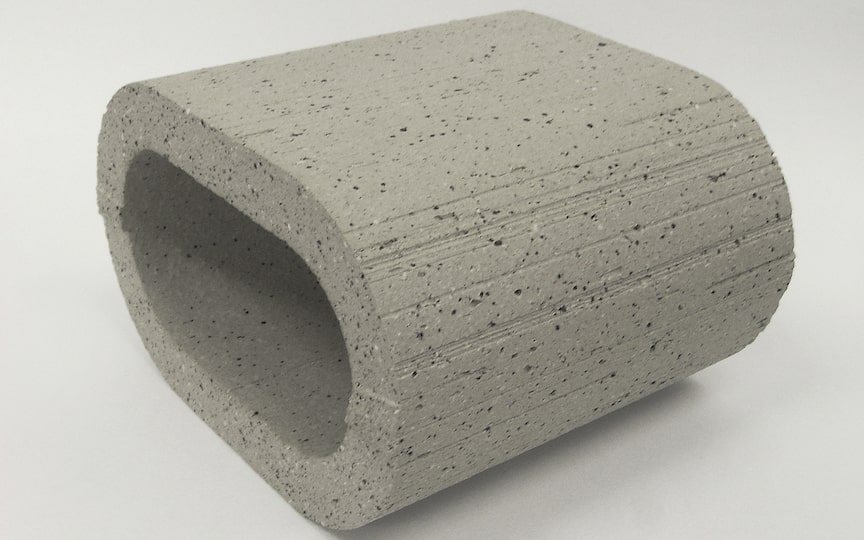BIOSKIN: A Façade System for Cooling City Heat Islands
Scroll Down
The phrase “extremely hot day” denotes a day on which the temperature is 35°C or higher. The phrase has become standard in summer, but it actually came into use in 2007, when the Japan Meteorological Agency defined it. Although the temperature has risen about 0.6°C globally in the past hundred years due to global warming, in Tokyo it has risen 3°C, with the heat island phenomenon believed to be the major cause.
As a countermeasure to heat islands, the greening of parts of construction areas, such as rooftops and walls, is being promoted, primarily by the Ministry of Land, Infrastructure, Transport and Tourism. Despite being a good measure for producing cool spots, it will prove difficult in terms of using cubic capacity to the maximum.
In keeping, effective countermeasures to the heat island phenomenon are being explored, centering on the construction industry. With countermeasures being hastened, Nikken Sekkei is experimenting with progressive approaches to designing buildings that cool cities, with functions akin to those of trees and forests. Instead of cities becoming hotter the more that construction increases, what if they became cooler? Presented here, together with cases, is BIOSKIN: a technology that puts the brakes on the heat island phenomenon and which was inspired by the natural phenomenon of uchimizu [sprinkling water outside for cooling].
CATEGORY
Construction: One Cause of the Heat Island Phenomenon
The Concept for BIOSKIN: Rooted in a Seasonal Tradition of Japan
Case Study: The Use of BIOSKIN for the NBF Osaki Building
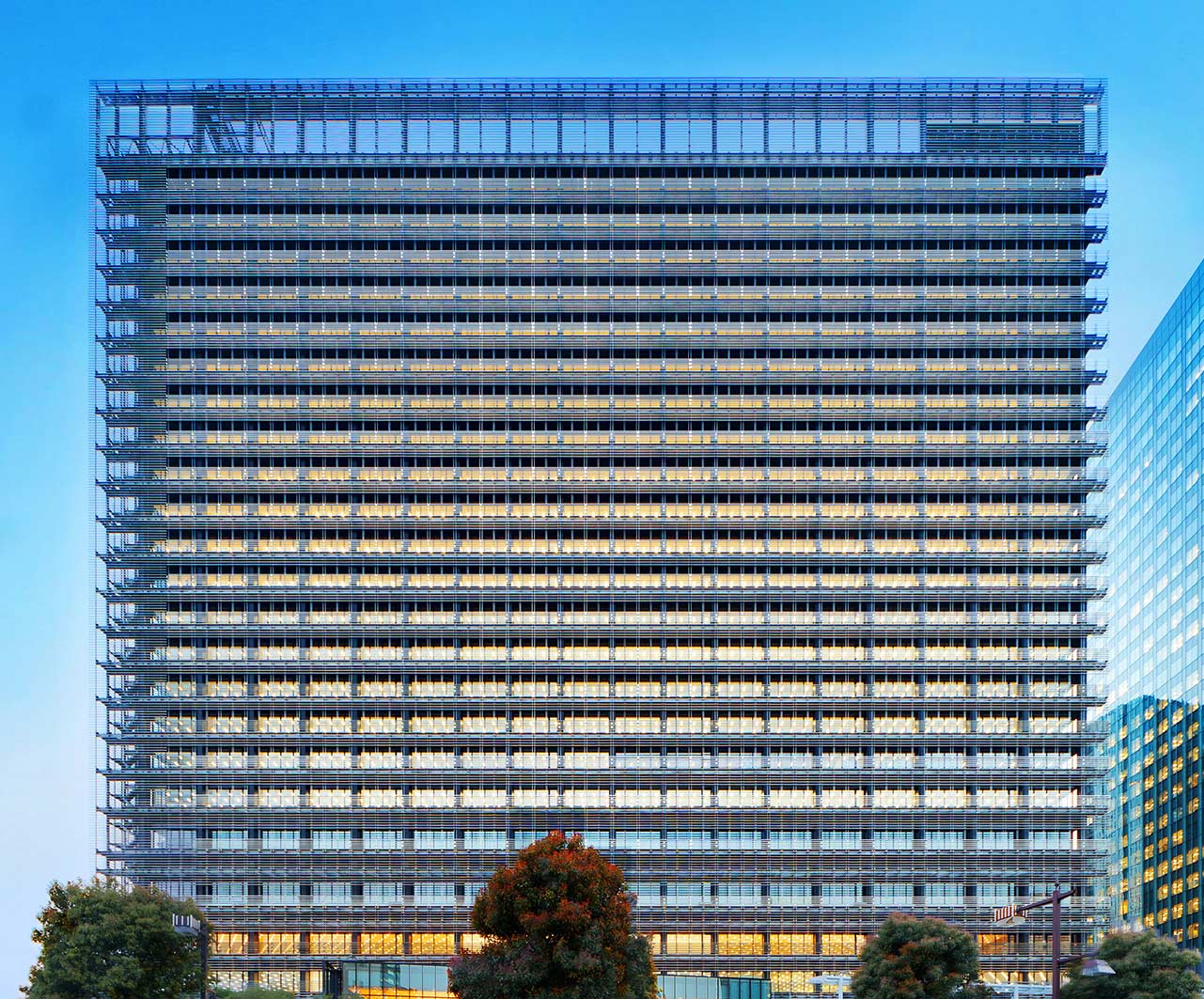
Effectiveness of BIOSKIN Proved in Experiments for Extremely Hot Days
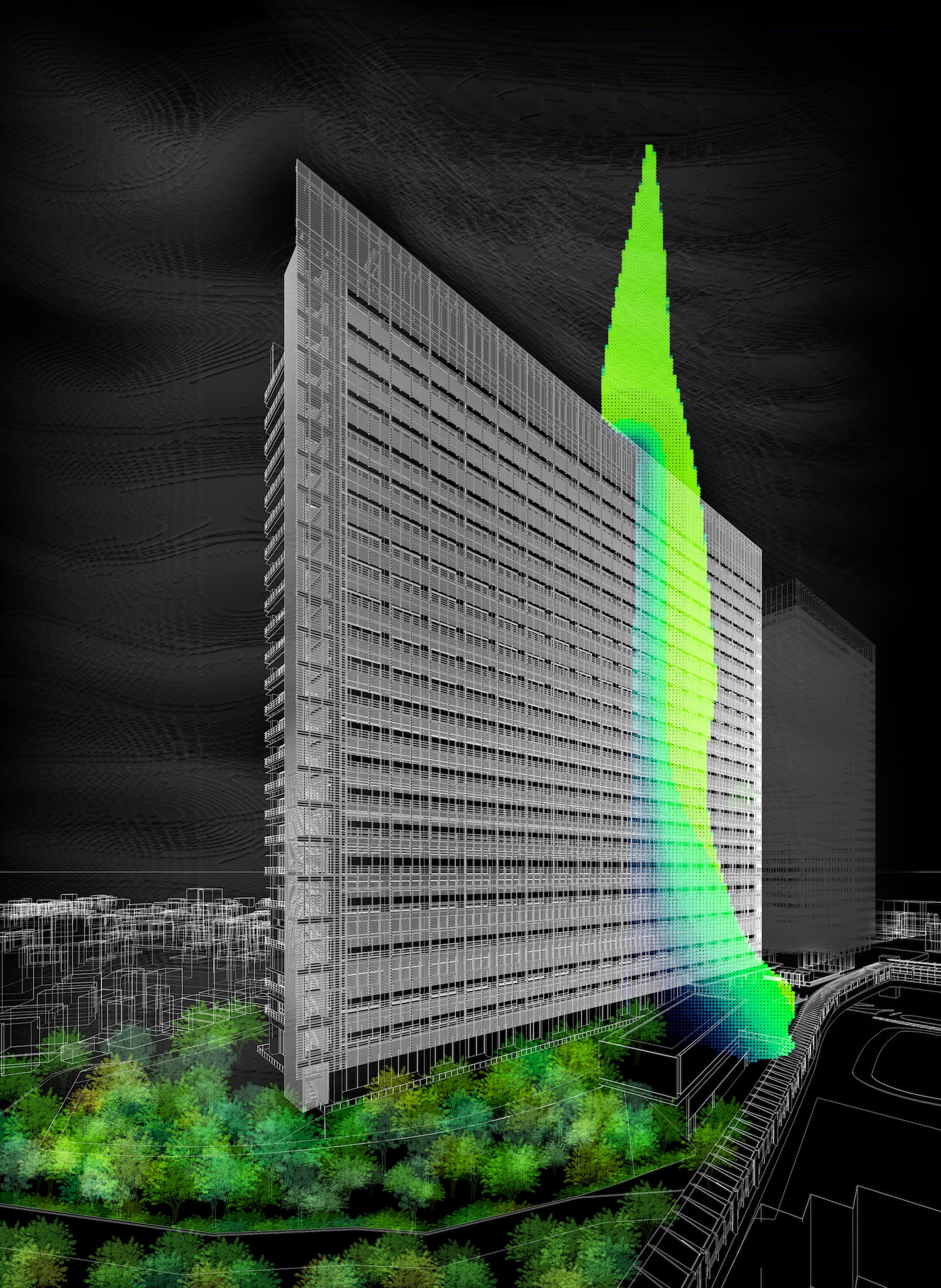
Transforming Factors in Heat Islands into Cool Spots
